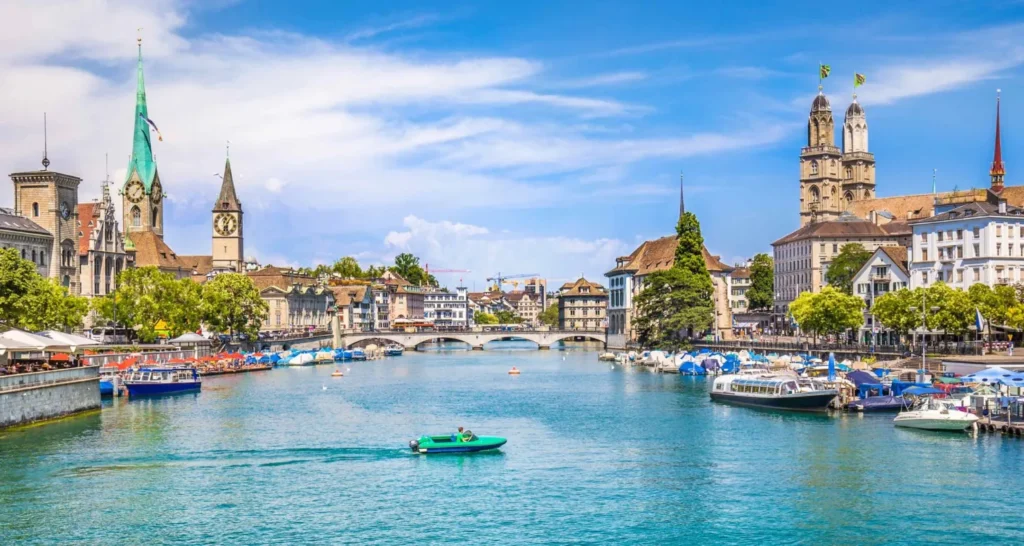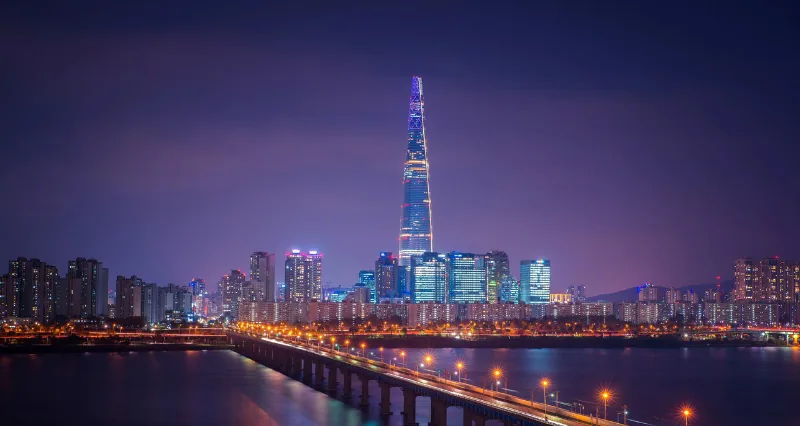The state of Green is a not-for-profit, public-private partnership from Denmark. We foster relations with international stakeholders interested in discussing their challenges and bring into play relevant Danish competencies and technologies that enable the green transition.
Lack of clean, affordable energy and integrated energy systems; scarcity of clean water; rapidly growing mega-cities, and unsustainable use of resources. These are four of the major global challenges the world is grappling with today.
Despite being a small country, Denmark wishes to actively help solve global challenges.
By sharing the accumulated Danish knowledge, experience, and solutions with the rest of the world, the State of Green seeks to stimulate debate, spur partnerships and inspire others. We believe that through collaboration and dialogue, we can accelerate the global green transition together.
Powering our future with sustainable energy
The continuous rise in CO2 emissions over the last 30 years and growing global demand for stable electricity, heating, cooling, and transportation represent a major challenge worldwide. A growing population and expanding middle class set the global energy scene in flux. The million-dollar question, therefore, becomes: how do we ensure access to clean and affordable energy for all and halt climate change, without stalling economic progress? The answer needs a global response, which is why the United Nations has chosen energy as the focus of Sustainable Development Goal number 7, aiming to ensure affordable and clean energy for all.
Still, different countries face different kinds of energy challenges, which is why each country must find its own unique energy model to transition to a low-carbon economy. Some economies need to strengthen their domestic grid infrastructure to secure a stable supply of electricity, whereas others need to take action to reduce the country’s overall energy consumption. Some already base their energy consumption on energy generated by renewables, while others are well underway with the digitalization of their energy system, rolling out sensors and smart meters, using data to create more intelligent and flexible energy systems. Transitioning to a low-carbon society marks a paradigm shift in the energy sphere.
In order to reach Sustainable Development Goal number 7 and decarbonize the global energy system solutions like clean energy sources, green heating, and energy efficiency measures must be implemented. Decarbonization and economic growth are not mutually exclusive. The most prosperous societies of the future will also be the ones that are the most sustainable.
Ensuring water security for a growing world
It is estimated that over 1 billion people experience some form of water scarcity on a daily basis, without access to clean drinking water. This, and lack of access to adequate sanitation facilities, disproportionately affects some of the poorest regions in the world. Simultaneously, climate change is increasing the frequency of severe droughts and floods, rapidly eroding the amount of freshwater available.
Interrelated issues of population growth and rising affluence also are adding to water challenges. A growing population requires water not only to drink but also to meet its energy and food production needs.
Achieving a sustainable balance between supply and demand and making sure we have enough water – of the right quality – for the purpose for which it is needed is key to achieving water security for our growing world. However, with the judicious application of smart technologies, sound policy-making, workable regulations, a collaboration between the public and private sector, and an appreciation of the real cost of water, it is possible to achieve this goal.
Creating smart, green, and liveable cities
By 2030, six out of ten people will live in urban areas. City dwellers must contend with increased congestion, waste and water management issues as well as overcrowded, polluting transportation systems. All of this poses direct negative effects on citizens’ physical health and wellbeing. This is the reason why the United Nations has chosen to focus specifically on sustainable cities and communities in their Sustainable Development Goal number 11.
But how do we get there? The transition to sustainable cities depends on social, cultural, economic, and climatic factors. In the fast-growing cities of developing economies, basic needs such as energy, water, and mobility should be met sustainably, while resources are managed effectively. In cities located in more developed economies, smart approaches are needed to ensure that cities are optimized for economic activity, energy consumption, and environmental impact.
Regardless of a city’s particular state of development, ensuring ‘the good life for urban citizens should be a guiding principle. To meet the challenges of urbanization, we need to take a holistic approach when developing urban areas and make the necessary investments.
However, if we can harness the might of cities to accelerate the transition to inclusive, safe, resilient, and sustainable cities and communities, we can meet Sustainable Development Goal number 11. In this way, there will be room for all of us to live and thrive in the cities of the future.
Moving towards a circular economy
The UN estimates that 83 million more people are added to the globe each year. This means 83 million more inhabitants jostling for a share of the world’s resources so that at a minimum, they can be fed, clothed, have a roof over their heads, and turn on the light.
Although staggering inequalities exist, more and more of the globe’s citizens are being lifted out of poverty. As they join the swelling ranks of the middle class, this, in turn, creates demand for consumer products and the adoption of western consumption patterns.
These developments have placed the planet’s resources under strain. It takes one and a half years for nature to replenish and regrow what the planet’s inhabitants consume in one year. We are consuming irresponsibly and in excess.
The status quo cannot continue. While we have made great strides in resource efficiency, this is not enough to halt the damage to our planet. We require a new way of thinking and a new economic model.
Known as Circular Economy, the solution to these challenges goes far beyond merely using resources more efficiently. Instead, we shall reuse, recycle, repair and share. In essence, it means an end to waste and the chance to create a new type of inclusive, sustainable economic growth.













